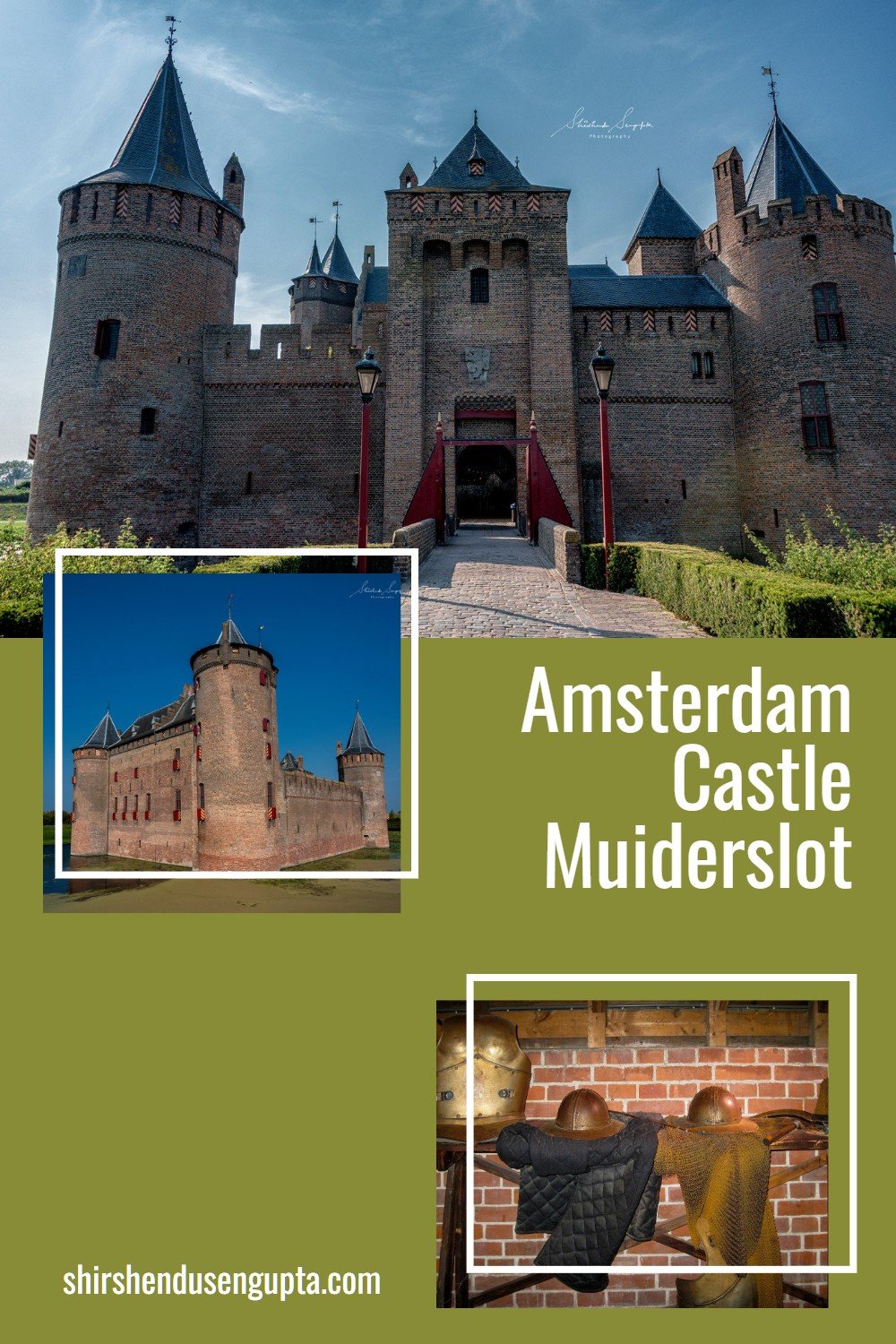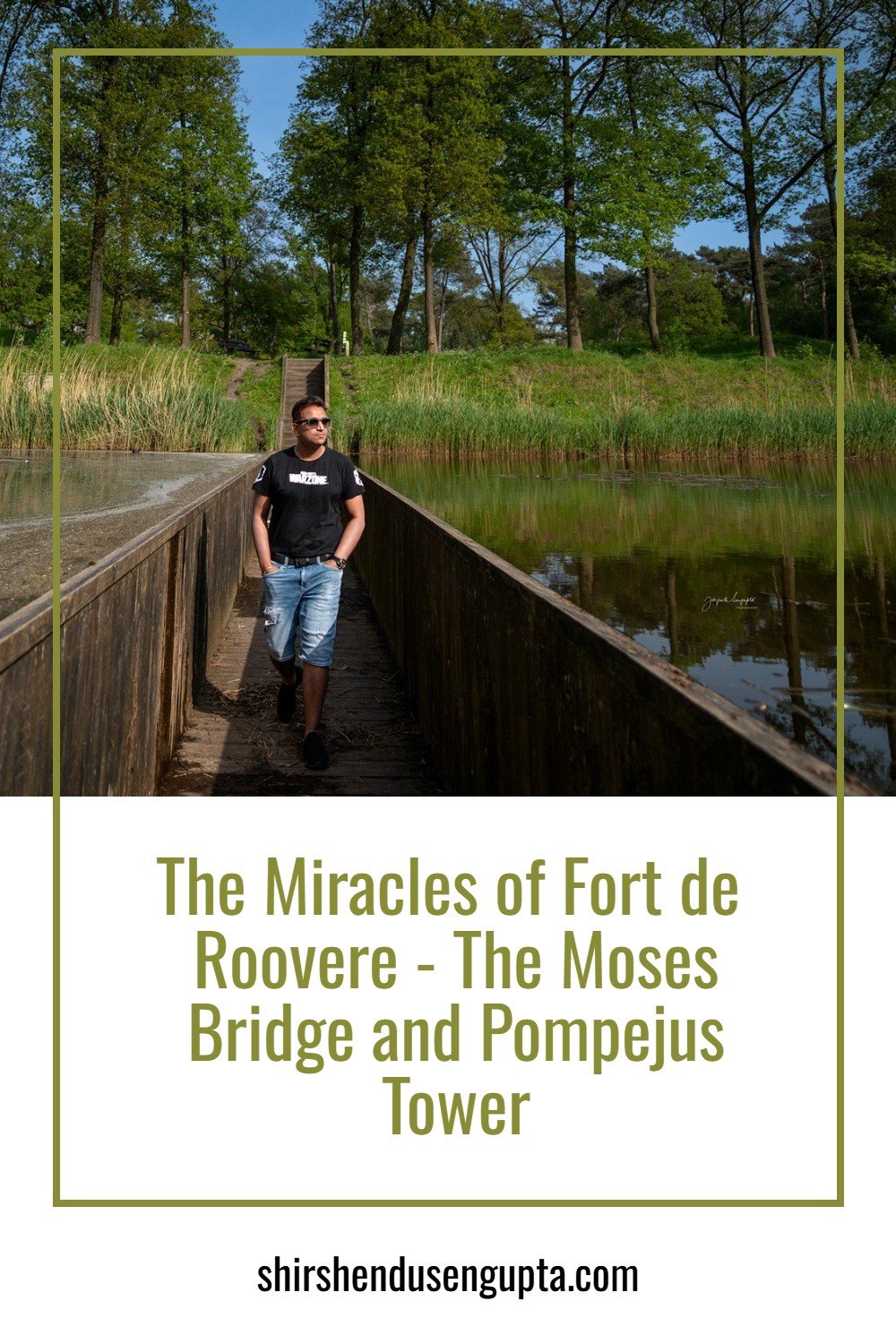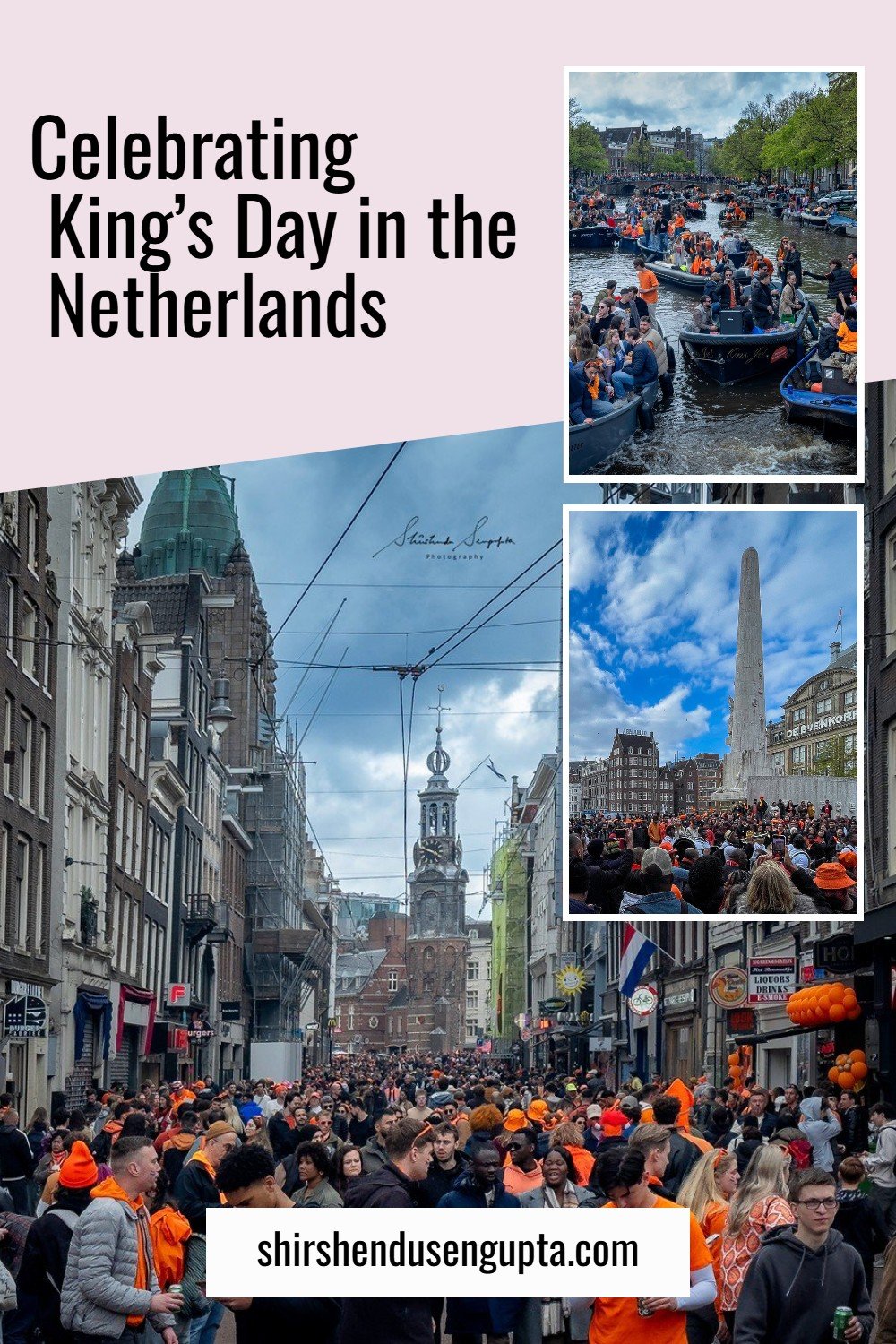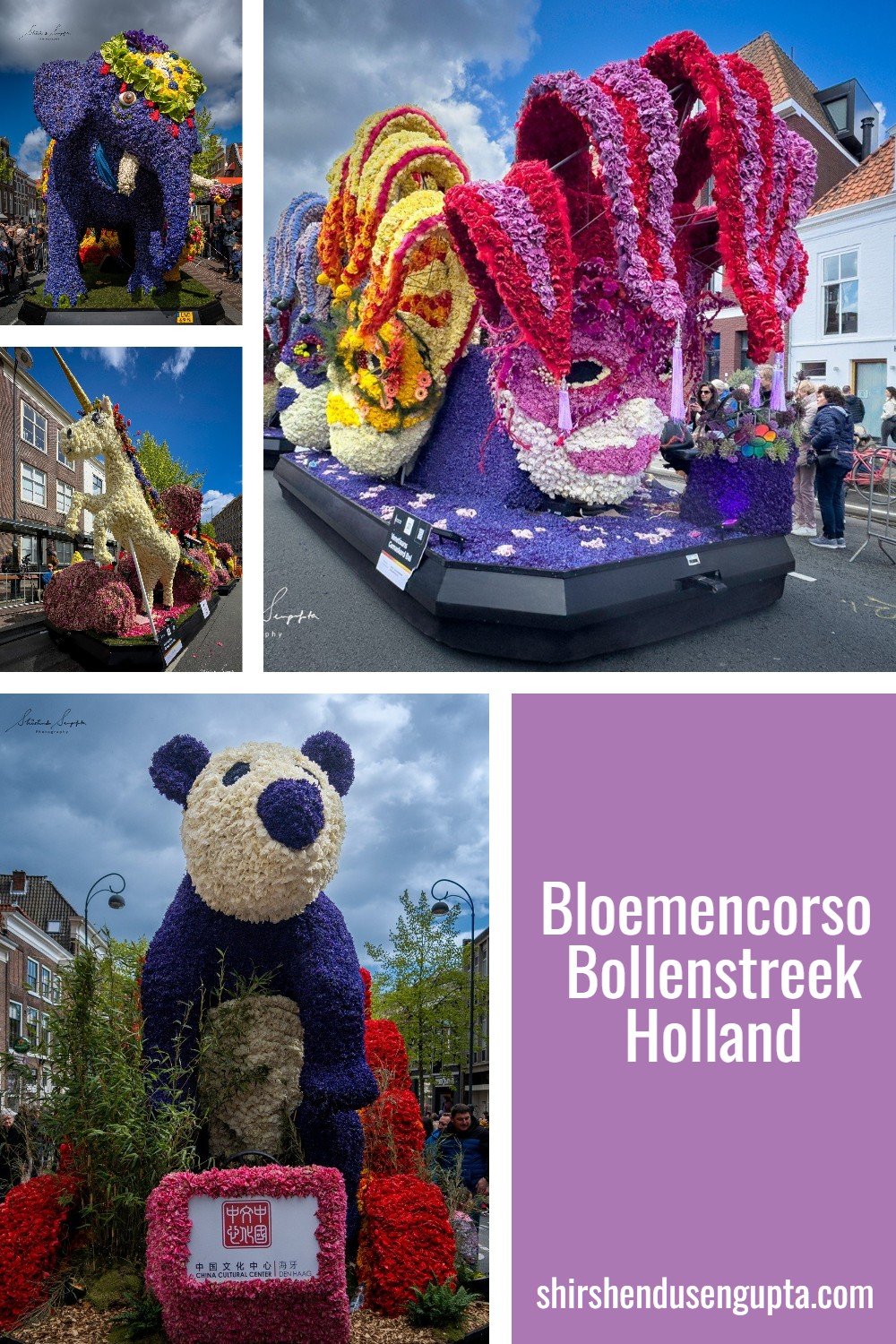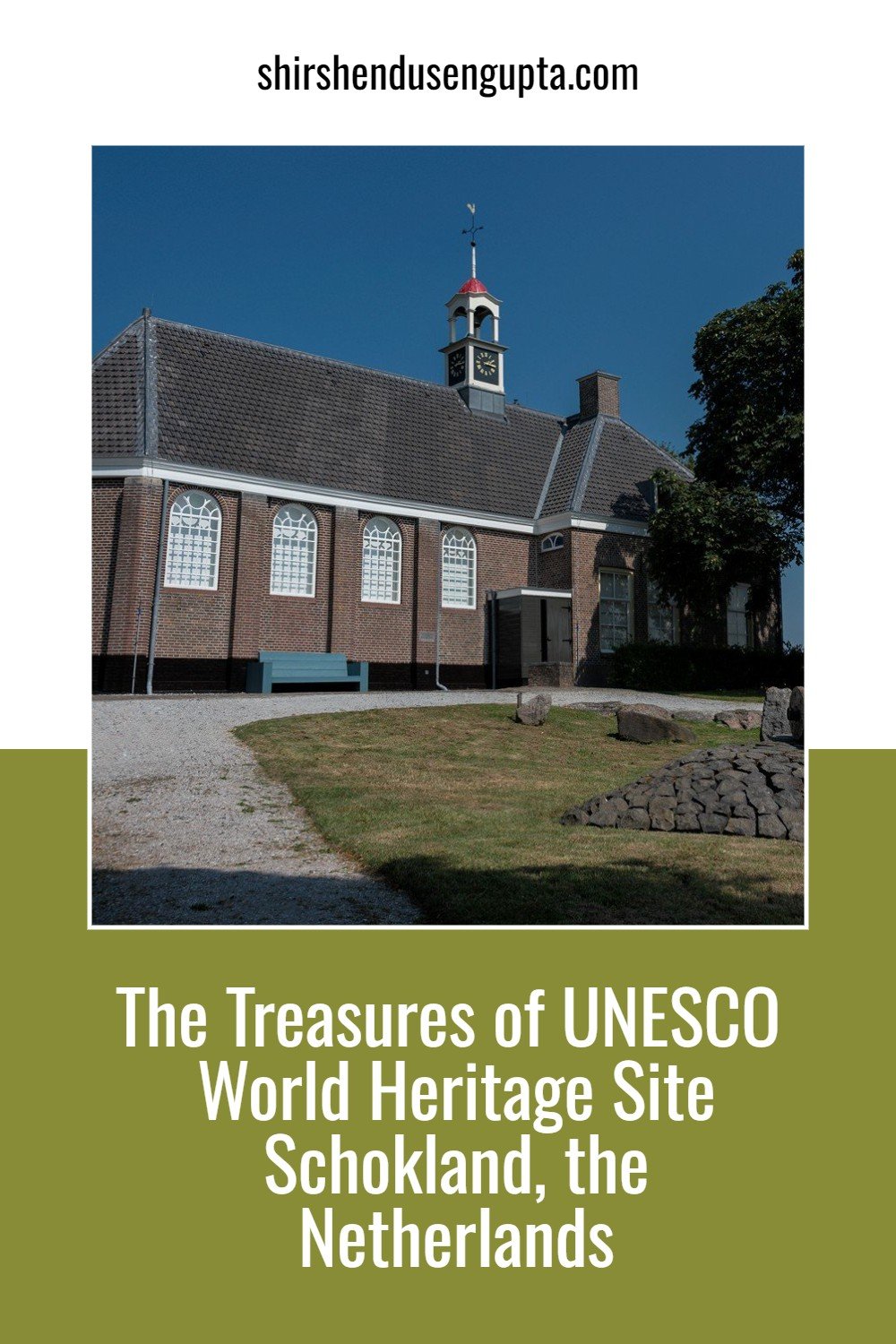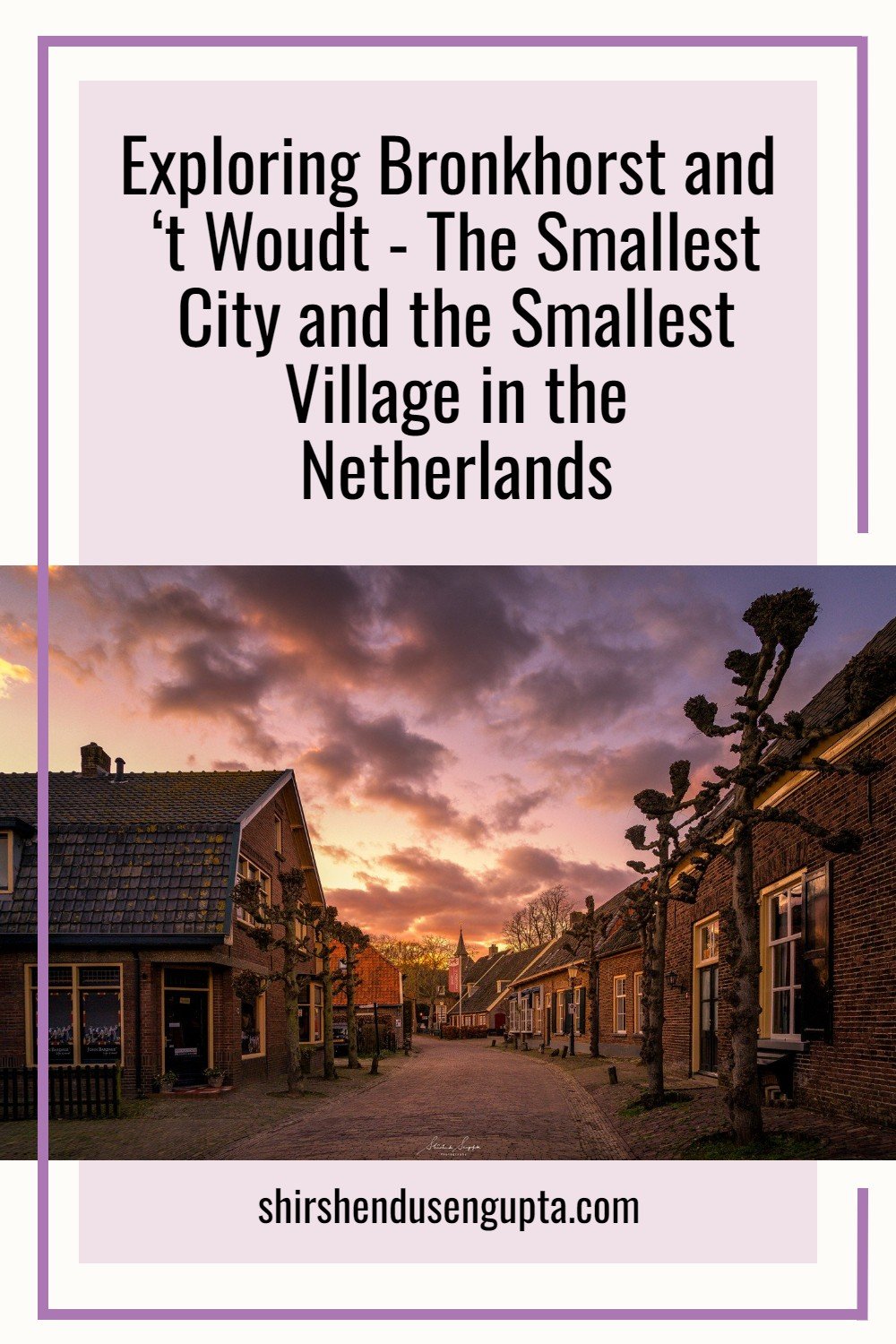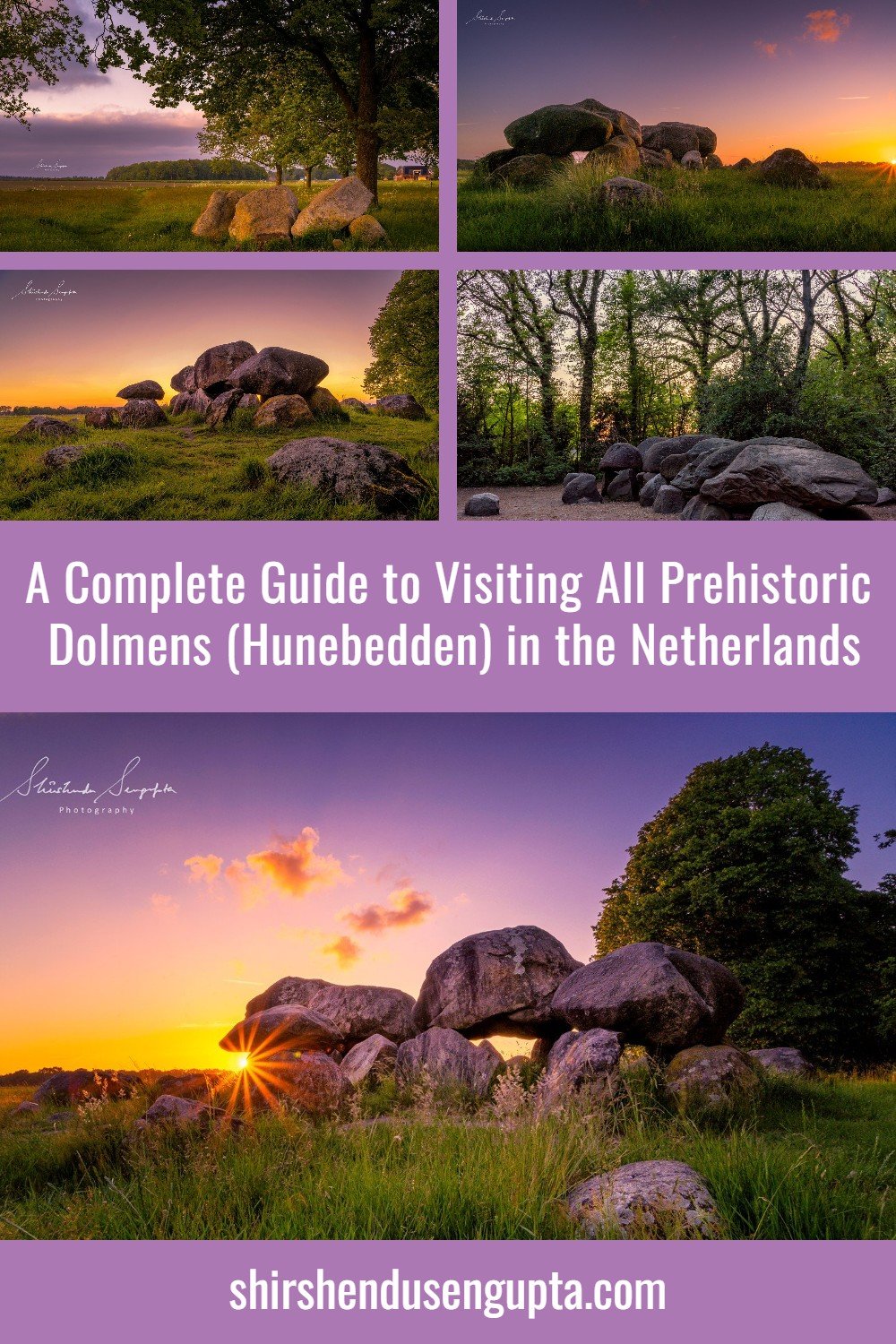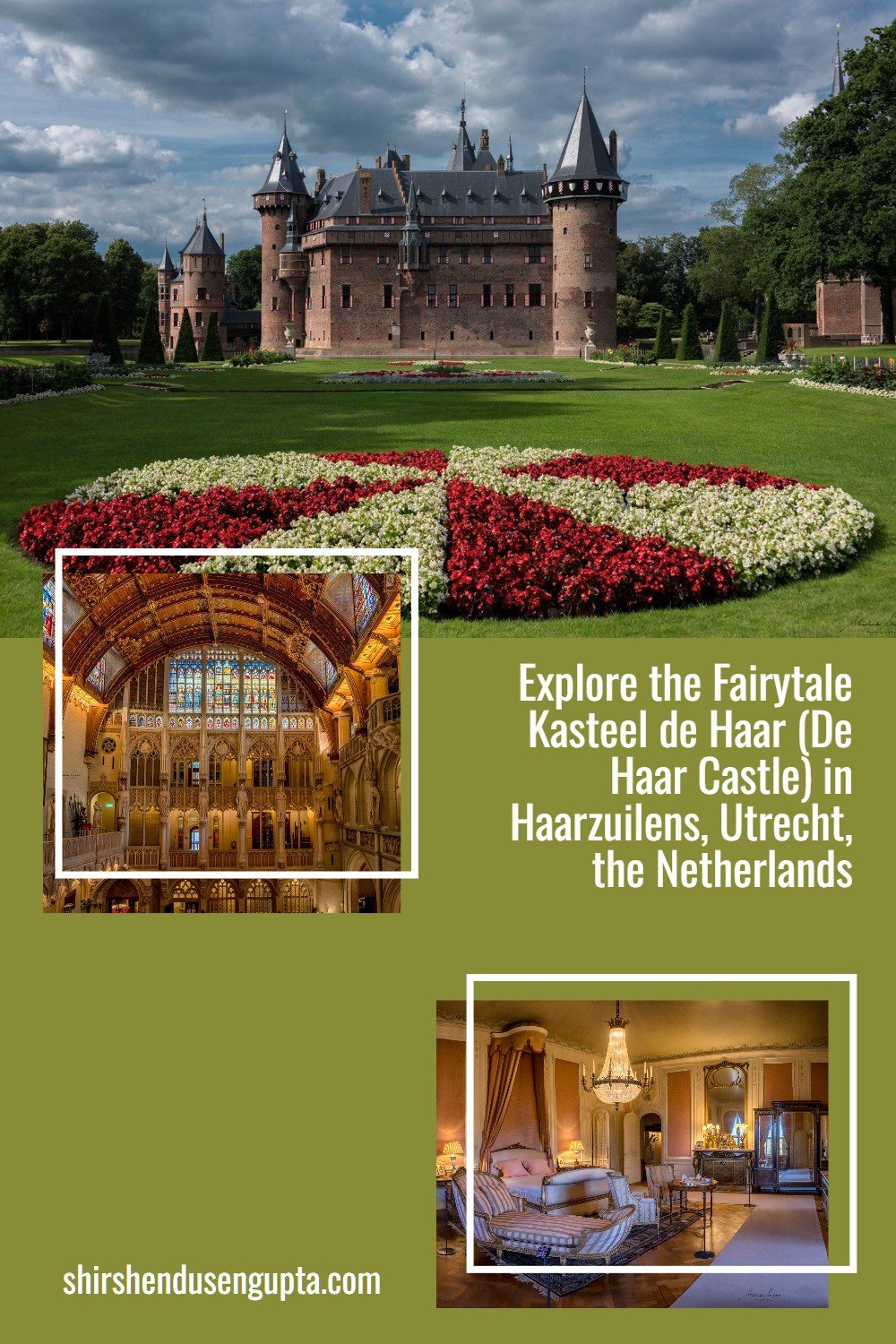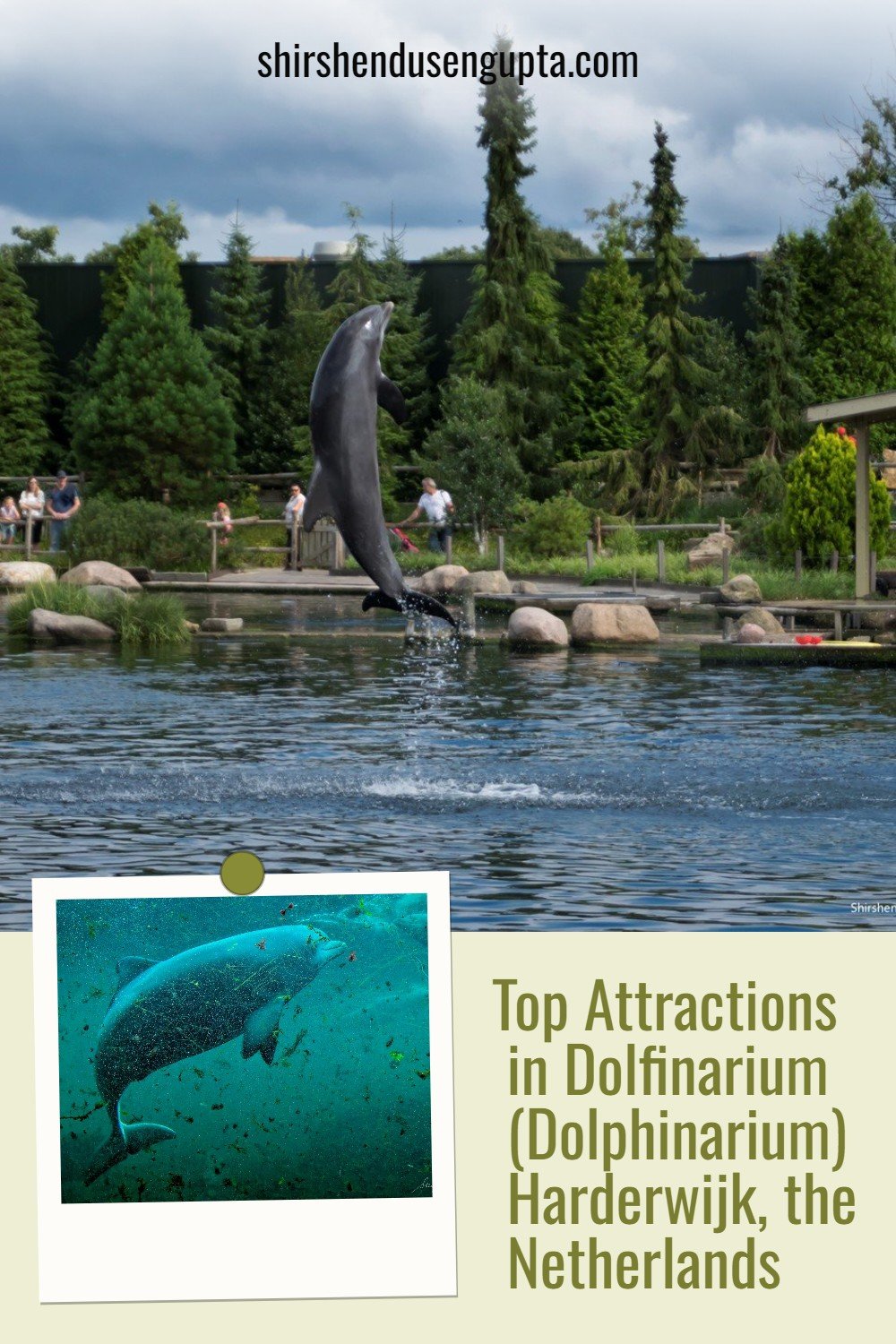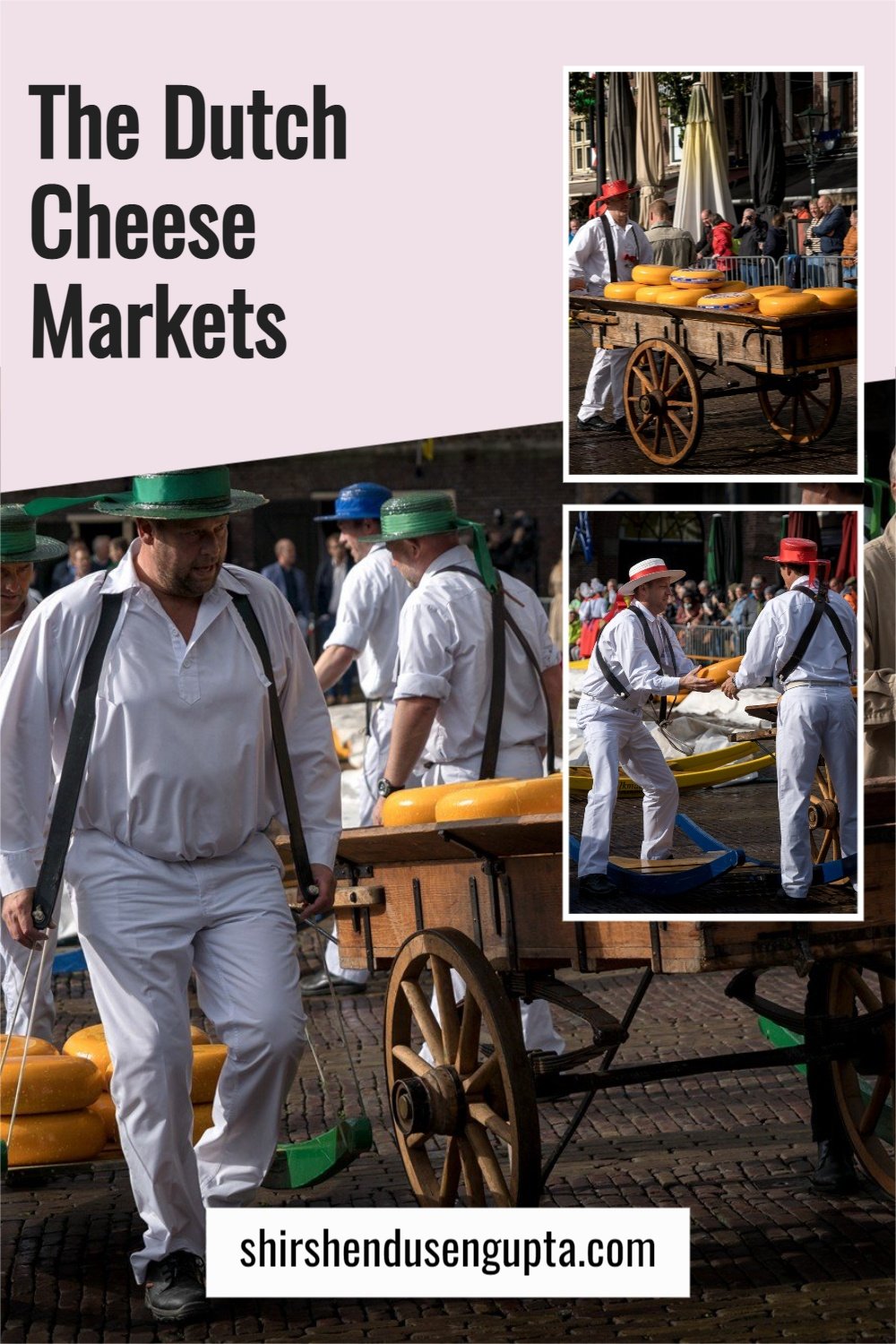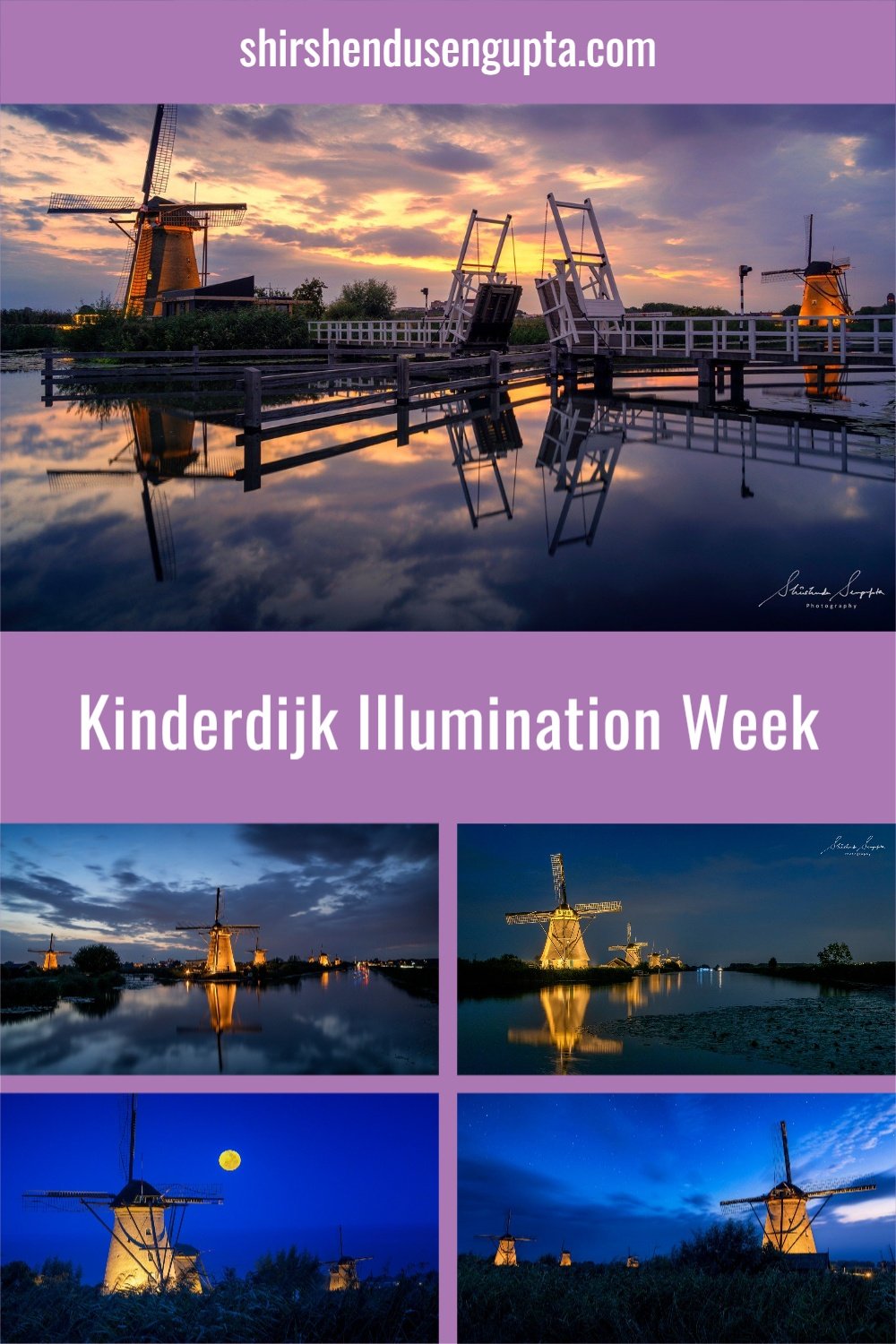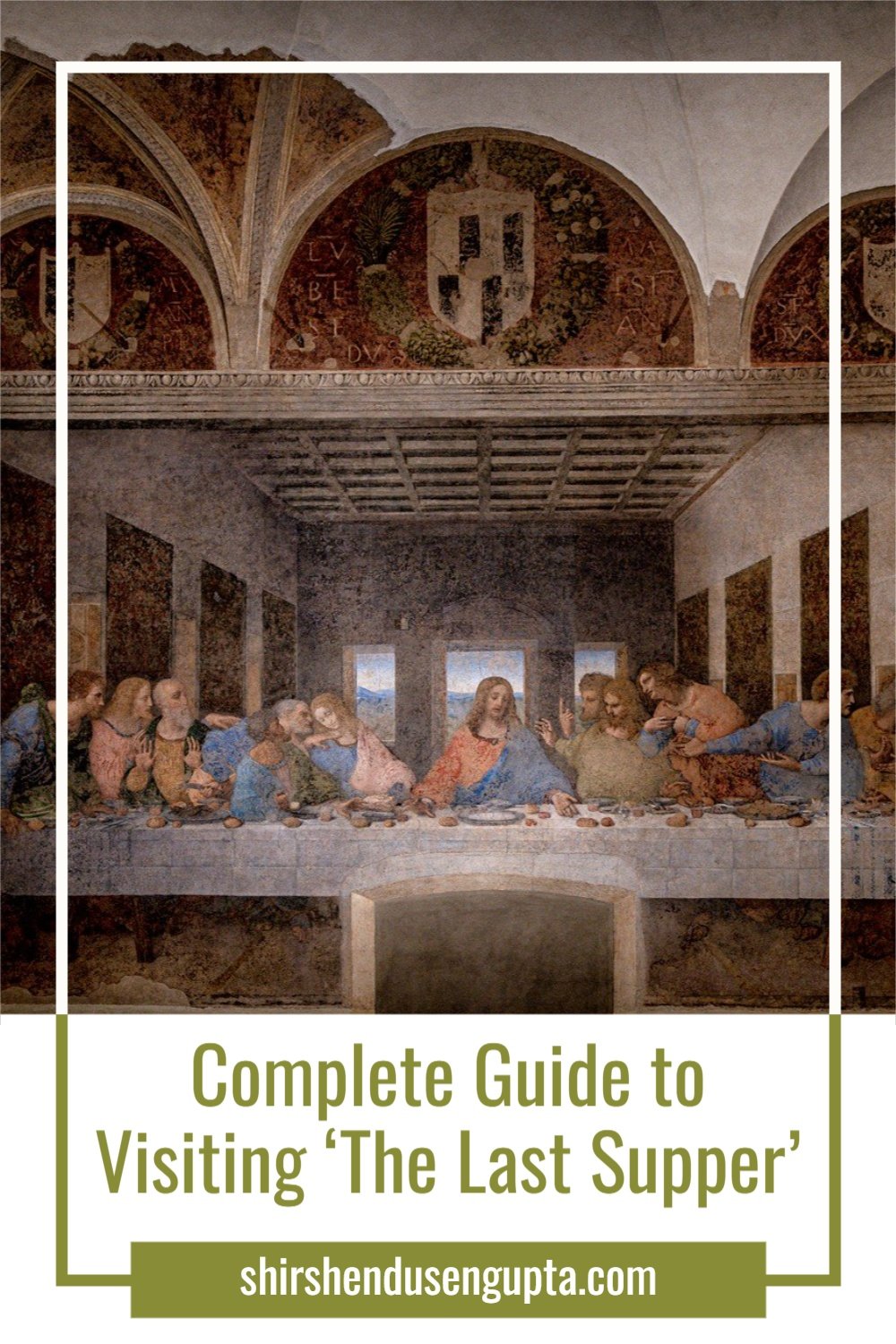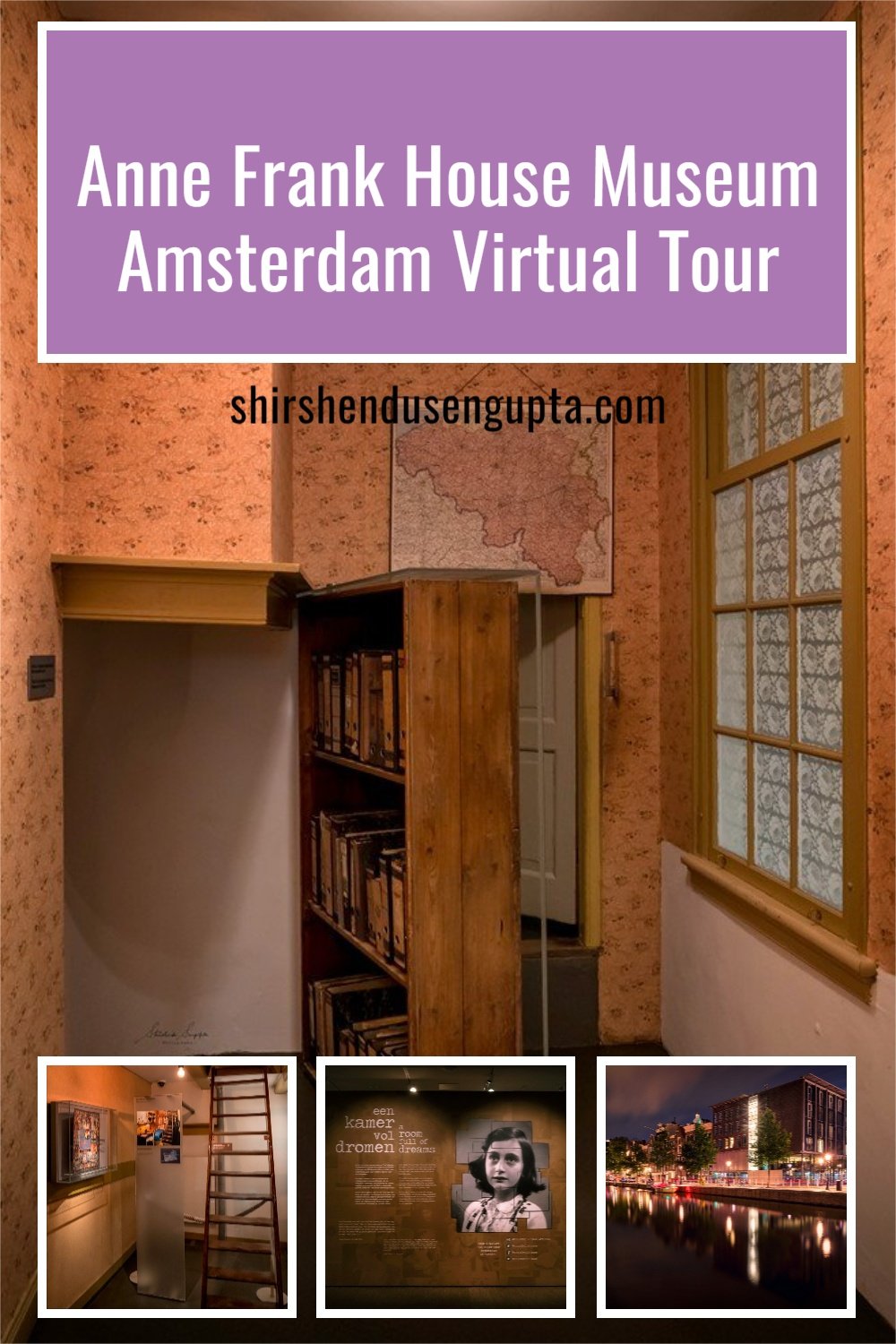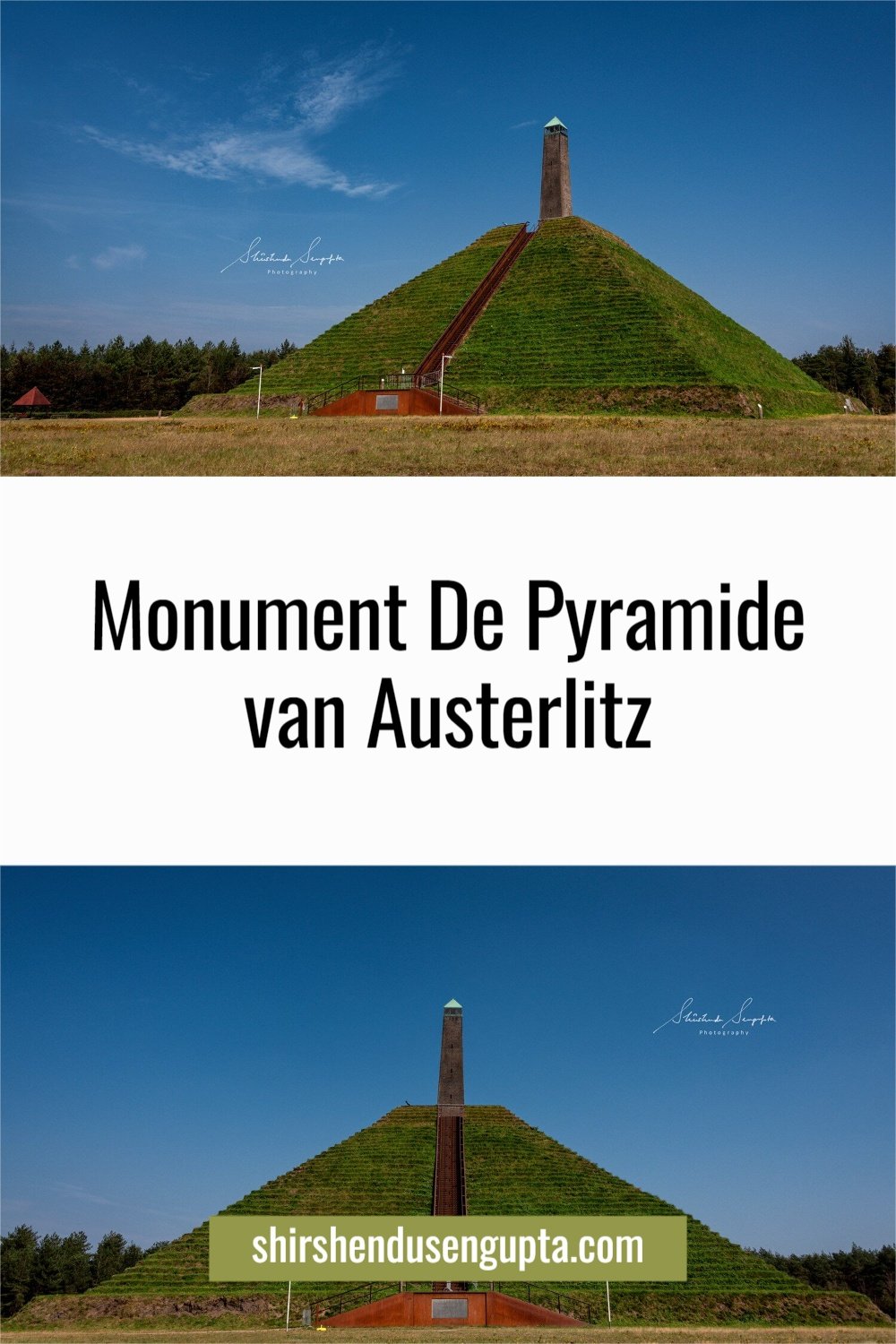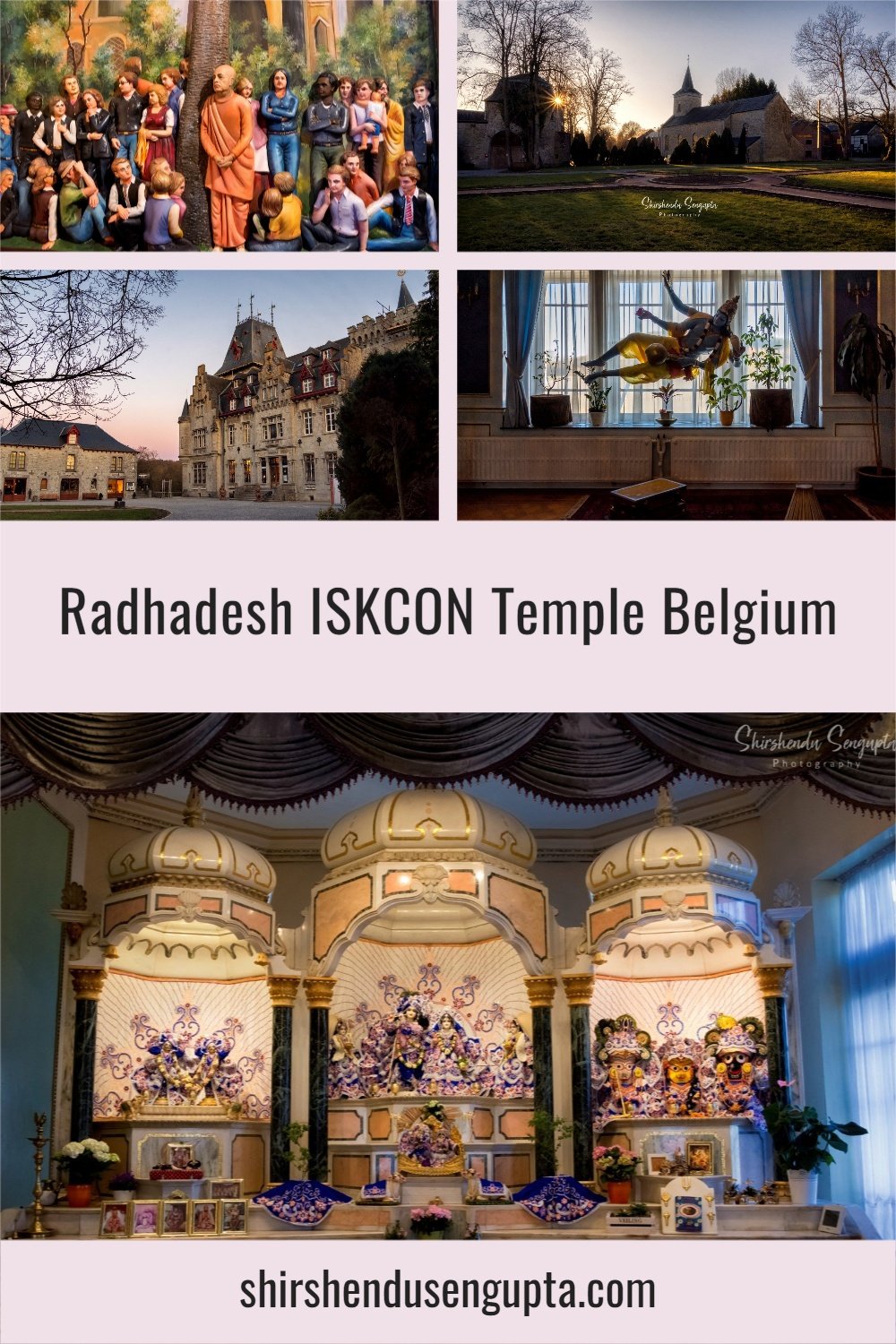Rijksmuseum Kasteel Muiderslot | Amsterdam Castle Muiderslot | Muiden Castle, the Netherlands
Welcome to Muiderslot (Muiden Castle)
Muiderslot (or Muiden Castle) is the Netherlands's oldest and best-preserved medieval castle. One of the most well-known castles in the Netherlands, it has appeared in numerous Middle Ages-themed television programs. It is located on 4 Dutch water lines namely the Utrecht Water Line, the Old Dutch Water Line, the New Dutch Water Line, and the Defense Line of Amsterdam which were built to defend the country against invaders by flooding areas of land in a controlled manner. The 200 km long New Dutch Waterline built between 1815 and 1940 consisting of 96 forts, dikes, locks, pumping stations, canals, polders, and 2 castles namely Loevestein Castle and Muiderslot, was named a UNESCO World Heritage Site on July 26, 2021.
Situated at the mouth of the Vecht River in Muiden, where it flows into the IJsselmeer Lake that used to be the Zuiderzee, the castle has a lengthy and stormy history. It was completed in 1285 by Count Floris V. The eminent author, poet, and historian PC Hooft resided there in the 17th century. It’s a fantastic place to spend a day with your family exploring the castle and the surrounding grounds that host a restored plum orchard, vegetable, and herb garden!
A Brief History of Muiderslot
Wooden Fortification during the Feudal times
In the 13th century, the land of Muiden was held by a family of feudal lords named Lords Van Amstel (Lords of Amstel) who developed the Amstelland and ruled over much of Utrecht (known as ‘Sticht Utrecht’ then), first in the name of the bishop of Utrecht and later the count of Holland. They granted possession of the land (called a fief) to vassals (knights). Bonded peasant families worked on the fief to generate income for the vassal. In return for the usage of the fief and the lord's protection, the vassal was obliged to provide the lord with some kind of service (military or non-military), that formed the basis of the feudal relationship between the vassal and the lord.
The Vecht River was the trade route to Utrecht, one of the most important trade towns of that age. Hence the control of the mouths of Vecht was of great strategic importance for this area. So, a fortification of wood was erected to collect tolls, an important source of income for the Van Amstel family.
Construction of a Stone Castle by Count Floris V, his Imprisonment, and Murder
After Muiden was incorporated into Holland, Count Floris V (Count of Holland and Zeeland between 1256 and 1296) built a stone castle at the location in 1285 as a toll booth for the passing ships.
In 1296, Gerard van Velsen (feudal lord of Beverwijk, Noordwijk, and Velsen) conspired together with Herman van Woerden (feudal lord of Woerden), Gijsbrecht IV of Amstel (feudal lord of Amstelland from the Van Amstel family), and kidnapped Floris V and imprisoned him in Muiderslot. Some accounts say that the cause of the conflict between the nobles was the alleged rape of Gerard van Velsen's wife by Floris, while other accounts say that Floris V wanted to annex Flanders (the Dutch-speaking Flemish area of Northern Belgium) with the help of French support due to which the English who had interests in the same region, got him imprisoned. After Floris V attempted to escape, Gerard killed him on the 27th of June 1296 by stabbing him 20 times.
Demolition of the Stone Castle and Reconstruction of Current Muiderslot
In 1297, the castle was conquered by Willem van Mechelen, the Archbishop of Utrecht. He had the castle demolished by the year 1300 and used its stones to expand the Vredelant (Vreeland) castle. 70 years later, Duke Albrecht of Bavaria (who then was also the Count of Holland, Hainaut, and Zeeland) is said to have rebuilt the (current) Muiderslot around 1370 on the same site and with the same plan.
Captured by William of Orange during Eighty Years’ War
The Muiderslot was usually inhabited by castle guardians, who managed the castle on behalf of their lord; this was, for example, the bishop or landgraaf (sort of duke). During the Eighty Years' War (Dutch War of Independence from the Spanish between 1568 and 1648), the castle was captured in 1577 by Willem van Oranje (William of Orange), who led the Dutch revolt against Spain and overthrew them from the city of Den Briel. The national anthem of the later state of the Netherlands namely “The Wilhelmus” has been named after him since 1932. Dutch sports teams have worn orange nationally since the twentieth century, which can be traced back to his title of “Prince of Orange.”
Residence of PC Hooft and the Muiderkring
In 1609, the castle became the official residence of the eminent author, poet, and historian PC Hooft (1581 - 1647), who also held the position of Drost (sort of sheriff) of Muiden. Because the castle could not be heated in the winter, Hooft only spent the summers there, the rest of the year he lived in Amsterdam. For the next 39 summers, he lived there hosting friends, academics, poets, and painters including Vondel, Barlaeus, Huygens, Vossius, Bredero, Roemer Visscher, and his daughters Anna and Tesselschade. A romanticized image of this group of scholars who regularly met at the castle to achieve cultural development emerged in the nineteenth century and later came to be known as the ‘Muiderkring.’
PC Hooft also expanded the garden and the plum orchard and installed an exterior defense system consisting of earthworks. The furniture, utensils, and paintings currently on display in the castle date from this period of the 17th century.
Decay, Restoration, and Current State
After Hooft's death, the castle fell into disrepair. In French times, the castle was used as barracks by the French army. From 1795 onwards the castle was no longer inhabited. The Ministry of War used it as a prison and ammunition depot until the building was deemed too dilapidated for that purpose. In 1823 the Ministry of War recommended it to be demolished and in 1825 it was offered for ‘sale for demolition,’ which meant that the buyer was allowed to demolish the building and acquire ownership of the resulting building materials. After many appeals to King William I, including that from historian Samuel Iperusz. Wiselius, the sale was prevented. Though the royal ministry gave in to the protests against the proposed demolition, it had no intention of renovating it. The 1830, the Second Class of the Royal Dutch Institute of Sciences, Letters, and Fine Arts planned to turn the castle into a national history museum but it also failed due to a lack of money.
However, over the course of that century, awareness gradually grew that it was an important monument that deserved a museum. The Department of Arts and Sciences of the royal ministry started the restoration in 1895, which was carried out under the direction of Pierre Cuypers (known for the Rijksmuseum and Amsterdam Central Station). The second restoration took place from 1956 to 1972. The grounds around the castle were also restored to their 17th-century state along with the plum orchard and herb garden. The last restoration started in 1999 with the redevelopment of the original vegetable garden, the Warmoeshof.
Currently, Muiderslot serves as a national museum. The interior of the castle, including the kitchens and apartments, has been reconstructed to resemble those from the 17th century. A collection of weapons and armor is currently housed in several of the rooms of the castle.
What to do at Muiderslot?
At Muiderslot, you can easily spend an amazing day with your family and friends doing the following activities -
Explore the castle
Take a walk around the castle grounds
Stroll through the restored plum orchard
Visit the vegetable, and herb garden
How to visit Muiderslot?
Address: Herengracht 1, 1398 AA Muiden
Muiderslot GPS Coordinates: 52.3344° N, 5.0712° E
Muiderslot Parking GPS Coordinates: 52.3331° N, 5.0713° E
Public Transport: From Amsterdam or Utrecht Central Station take a train to Weesp. Take bus 110 from the Weesp train station towards ‘Bussum Station via Muiden P+R’ and get down at the ‘Muiden, Centrum’ stop. The Muiderslot castle is a 10-minute walk away from here.
Best time in the year to visit: Any time during the year
Accessibility: Wheelchairs, walkers, and mobility scooters cannot enter the castle but can be used in the ramparts, courtyard, and the castle gardens. Pets are not permitted, apart from registered assistance dogs.
Opening Hours and Ticket Prices: For information on opening hours and ticket prices, visit their website mentioned below
Website: muiderslot.nl
Epilogue
So that was the story about the Amsterdam Castle Muiderslot better known as the Muiden Castle. Please let us know in the comments below if you enjoyed reading this article.
And if you want to explore more such hidden gems in the Netherlands, please read our article Netherlands Off The Beaten Track | 34 Best Hidden Gems in the Netherlands. Until then, merry traveling and happy shooting!
Pin the article
Bookmark the article for reading later!
Want to license/buy photos in the article?
License photos for commercial/editorial use or buy photo prints!
Want us to write an article for you?
Articles for magazines, newspapers, and websites!
Watch our Videos
Check out our videos on our Youtube Channel!
Join the Newsletter
Get updates on our latest articles!
We respect your privacy. Read our policy here.



